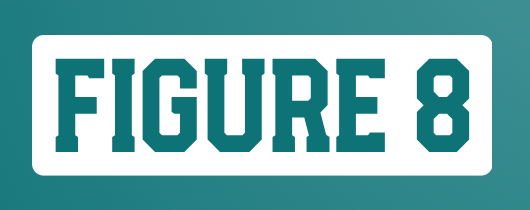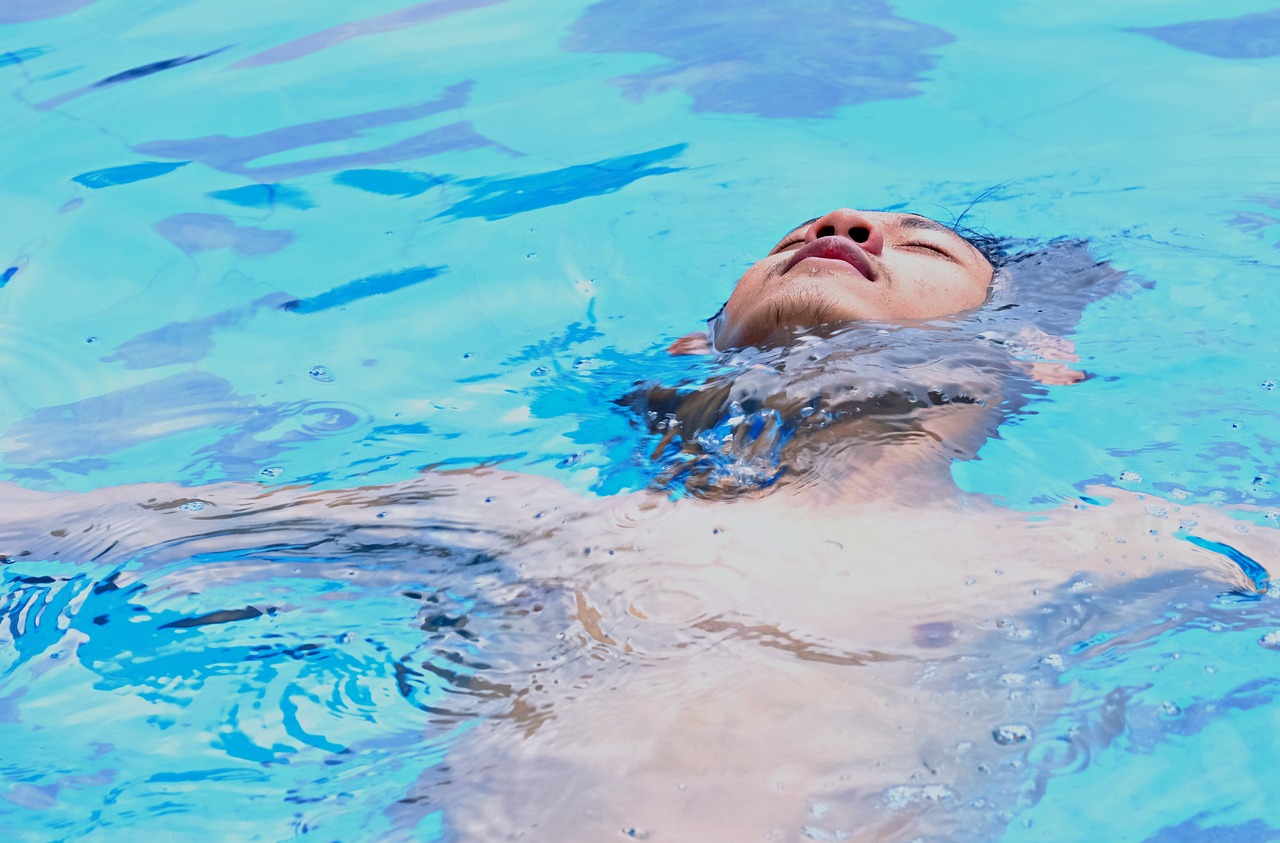Have you ever wondered why golfers always carry so many clubs in their bags when going around the golf club loft degrees? It’s not because they need a lot of spares because these are quite tough. Rather, each of them are different and they all have their own use when it comes to making shots. They vary in length, material, and angles. For example, one of the most important differences between different irons is the loft degree of each one. This varies from 15 degrees for a 1-Iron to 25 degrees for a 4-Iron to 45 degrees for a 9-Iron. Lob wedges have the highest at 58 to 62 degrees depending on the brand and model. So how do golf club loft degrees after shots?
Trajectory
The increase in loft angle corresponds to an increase in the vertical height of the ball, all things being equal. If you use different irons while applying the same force with the same environmental conditions, then you should be able to observe the ball’s travel to go higher for a 9-iron compared to 3-iron. That’s because the face of the clubs head has a more pronounced slant that encourages this phenomenon. In most cases, you will be hitting the ball in an open course with no obstacles to worry about so a small loft is not a problem. However, if you get into a sand pit or if you have trees or small hill blocking your way, then a high loft is necessary.
Distance
The loft angle also has tremendous influence on the farthest distance than a ball can travel. A small angle means that the clubs face is almost perpendicular to the ground. When you hit the ball, most of the force will transfer in the horizontal direction and propel the ball forward rather than upward. This allows the projectile to travel a longer distance without having to exert more energy. This is ideal for your first shot as you want maximum distance to get as close as possible to the hole. If you used a big loft angle, then you will be wasting your energy fighting gravity as the ball tries to go up as it goes forward. It cannot travel as far.
Angles and Irons
Remember that there are no standard loft angles for each type of club. Charts can provide a good range that should match a lot of products out there but there are plenty of outliers. One brand may sell a 4-iron with a 28-degree angle while another one will sell their 5-iron at the same angle. Some research is necessary before buying.













